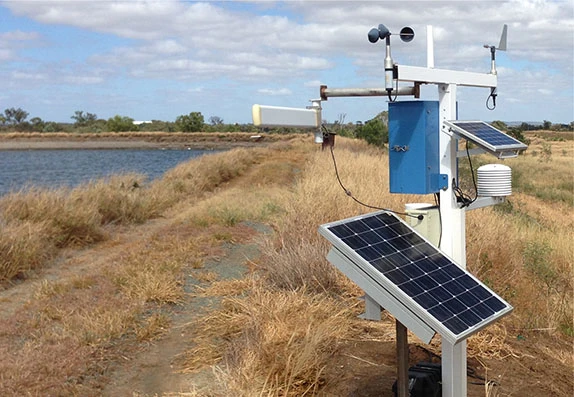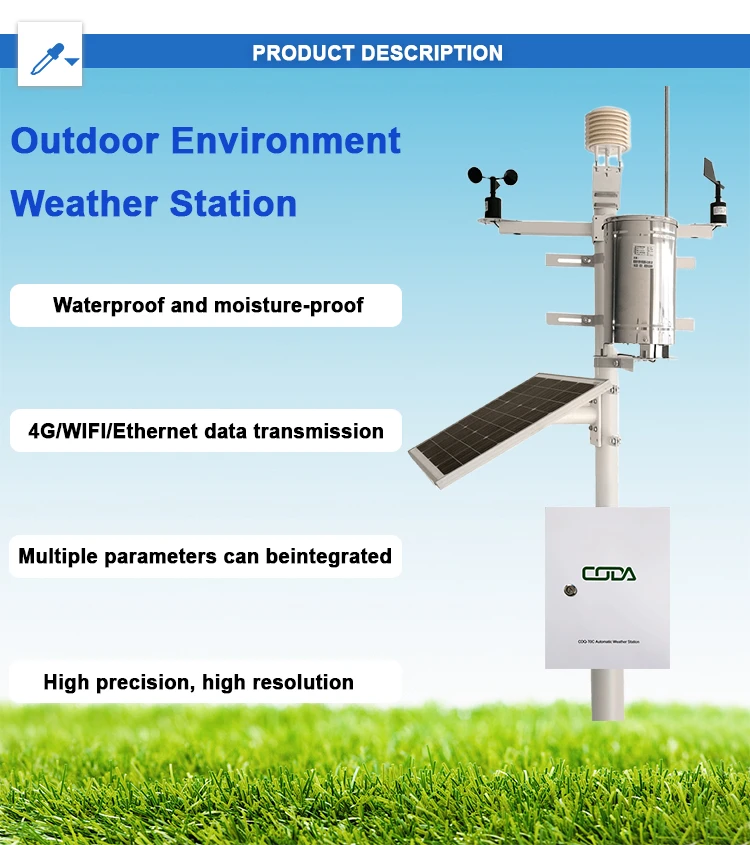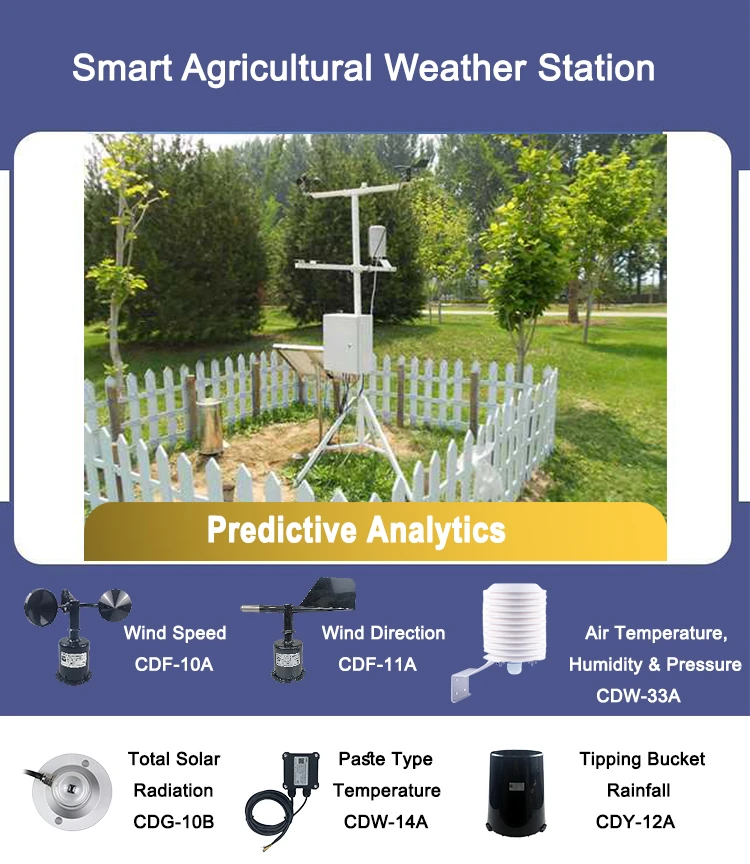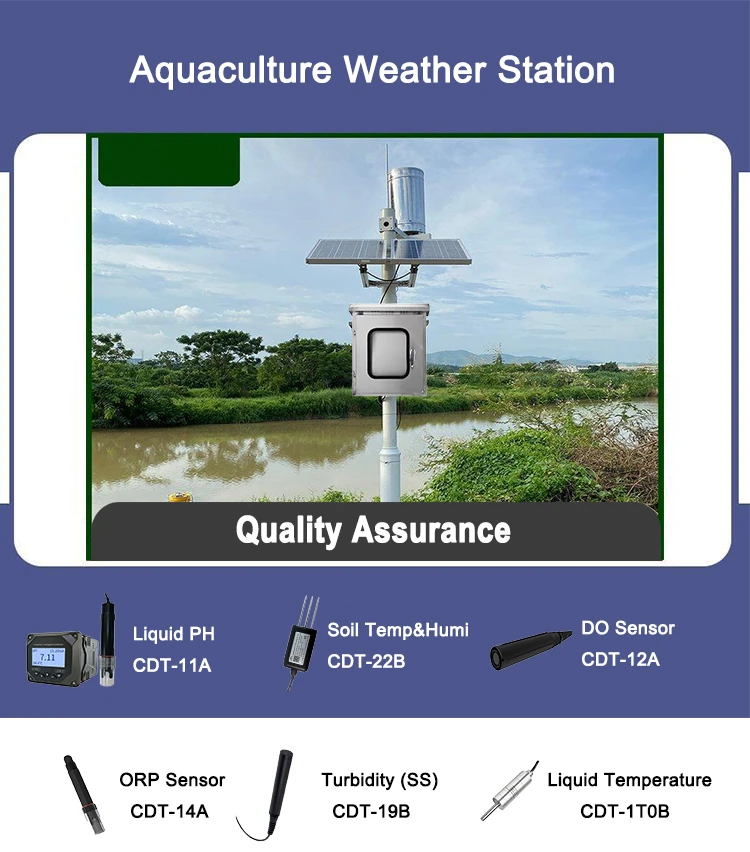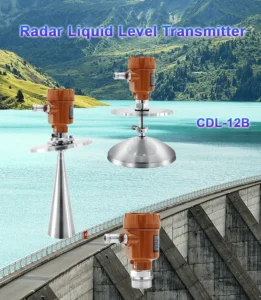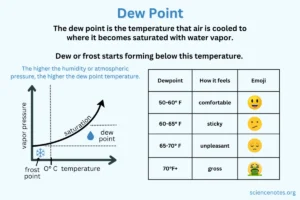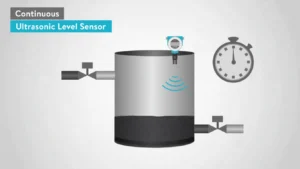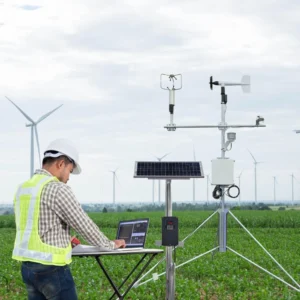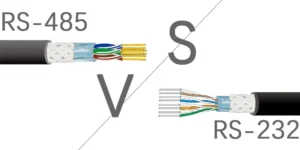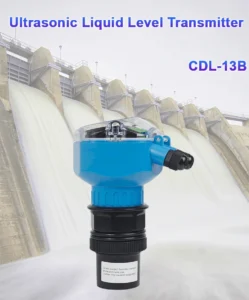Introduction and Functions of Automatic Weather Stations | automated weather station
**Introduction to Automatic Weather Stations**
An automatic weather station is a smart device that collects and shares weather data on its own. This station has sensors, data processors, communication tools, and power systems.
This tool is important for watching the environment. The weather sensor measure key weather parameter like air temperature, humidity, and barometric pressure. They also measure wind speed, wind direction, and rainfall.
The data unit at the station takes care of these measurements. It sends the data to weather centers using communication modules.
Researchers use this information in many fields. These fields weather station include weather forecasting, climate studies, environmental monitoring, farming, and water management.
Core Functions of Automatic Weather Stations
Meteorological stations do more than just help with flood warnings. They have many other useful features:
1. **Meteorological Data Collection**
These stations use advanced sensors to measure important weather factors. They track temperature readings, humidity, air pressure, wind speed, wind direction, and rainfall. This data helps us see weather patterns, check climate changes, and watch environmental weather conditions.
2. **Support for Weather Forecasting**
The data collected is important for weather models and forecasts. It helps make them more accurate and reliable. By studying these records, meteorologists can find trends. This allows them to give real time weather updates to the public.
3. **Climate Research**
Traditional weather station store long-term data. This helps scientists track and study climate change more accurately. These datasets help us study changes in climate patterns over long periods. They provide a strong scientific basis to address global climate issues.
4. **Environmental Monitoring**
These stations do more than just track the weather. They can also measure air pollution, sunlight, and other things. This helps find pollution early and supports better environmental policies.
5. **Agricultural Applications**
Farmers gain a lot from the weather information these stations provide. Data on temperature, rainfall, and humidity helps them plan when to plant crops. It also helps with irrigation and fertilizer use. This leads to better crop yields and quality. It also uses fewer resources.
6. **Water Resource Management**
Data from these stations helps us learn about the water cycle. It also helps in managing water resources. Water managers can use this information to control how reservoirs work.
This helps them store and release water well. It also aids in planning for flood control.
7. **Traffic Safety**
Real-time weather data is very important for keeping roads safe. Traffic authorities use this information to reduce risks from bad weather. This includes fog, heavy rain, and snow. They reduce the risk of accidents by doing this.
8. **Emergency Response**
In natural disasters like floods or storms, meteorological stations give important weather data for rescue missions. This information helps emergency agencies quickly see how the disaster affects people. It also helps them make better response plans.
9. **Scientific Research**
The large datasets from these stations are useful in many fields. These fields include weather, environmental science, geography, and ecology. The insights we gain help to speed up research in various areas.
10. **Education and Awareness**
Meteorological station help students and the public learn about weather and the environment. They promote science and raise awareness about sustainability and climate action.
**Looking Ahead**
Automatic weather stations are useful for many things. They make our lives better and keep the environment safe. They also help with sustainable development and keep the public safe.
As technology changes, experts think these stations will become smarter and more connected. Their better skills will help them give more accurate weather services in many areas.
Automatic weather monitoring stations offer many benefits, but they also have some drawbacks.
**Advantages of Automatic Weather Stations:**
1. **High automation:**
These stations need very little human help. They automatically gather, process, and send weather data. This makes things much more efficient.
2.**Accurate data collection:**
Advanced sensors and tools can check the weather. They track temperature, humidity, air pressure, wind speed, wind direction, and rainfall in real-time. This provides high-quality data.
3. **Real-time monitoring:**
They let us track weather changes over time. This gives us important data to understand and predict the weather better.
4. **Flexibility and scalability:**
These stations have a flexible design. This means you can easily change or add to them for different needs.
5. **Energy-efficient and eco-friendly:**
Many stations use renewable energy sources, such as solar panels power. This helps them work well in remote locations areas and reduces dependence on traditional energy.
**Disadvantages of Automatic Weather Stations:**
1. **Equipment failure risks:**
Using advanced electronics and software can make repairs hard if something goes wrong. This may cause data loss or errors.
2. **Environmental susceptibility:**
These stations can get damaged or contaminated in harsh field environments. This can hurt the accuracy of the data.
3. **Reliance on energy and communication systems:**
A steady power supply is important. Reliable data networks are also key for smooth operations. Interruptions can halt data collection and sending.
4. **Power system vulnerabilities:**
Poorly designed or unreliable power system layouts can affect how well equipment weather station works and how data is transferred.
5. **High costs:**
Setting up and maintaining weather stations costs a lot. It needs many materials and workers.
**Conclusion:**
Automatic weather monitoring stations are important for weather services today. They help with flood warnings and keep track of the environment. These stations also aid in disaster response, farming, water management, and transportation safety.
While their benefits are clear, we must think about challenges. These factors include how dependable the equipment is, its effect on the environment, and the costs to run it.
New technology will likely make things work better and increase their uses in many areas. This change will help people respond better to weather disasters. It will also help them adapt to climate change more easily.
